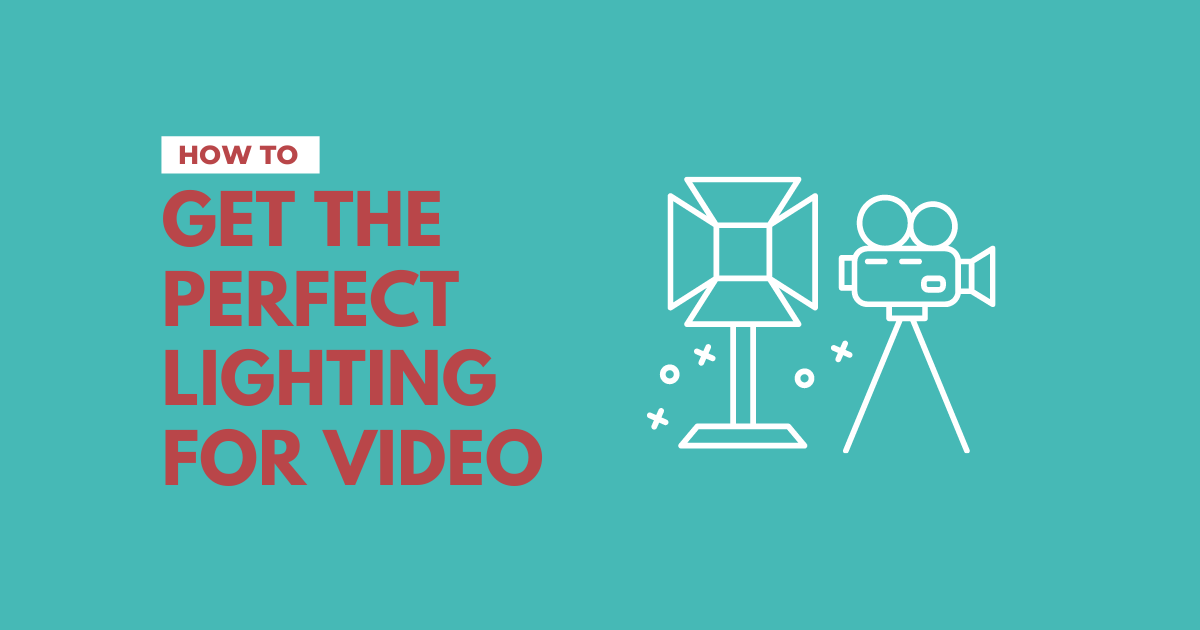You have an idea for your online course, you made a lesson plan and now you are ready to get to work on your content.
It’s only natural to focus on the quality of content first. You’re going to think about the topics, video formats, publishing frequency, and you may even experiment with different video sharing platforms.
Elearning platforms make it easy to share and get paid for video content online. Some of them require using third party applications, other include that option in their plans.
But first you need some good content. To create an engaging online course you need to make some videos. Unlike plain text, videos come in multiple formats such as video, screenrecordings, audio, graphics and other.
Once you spend some time recording actual videos, you’ll see that there’s a technical side to video that’s equally important to consider.
Essential video gear
Course creators can get confused when it comes to selection of equipment, preparing recording place or selecting the video editing software. In fact, videos require no special hardware, or special software to generate and edit. They can be shot in just a few minutes from your workspace at home.
Here is a list of basic video production equipment you'll need when you start your online course.
Camera
Obviously the most important piece of video equipment is a camera. But before you go to a store to buy a new camera you need to know that you can use pretty much anything that can record high-quality (at least 1080p) video. You can record it using for example your smartphone or laptop.
-
Microphone
Good quality audio needs to be a part of your video. There’s nothing worse than working all day on a video project, only to discover that the sound dips in and out.
The sound can be recorded together with the visual part of the video or added later on, what is know as a voiceover. In both cases we recommend using an external microphone.
Why?
Built-in laptop,smartphone or even camera microphones usually have bad audio quality as they are not able to record or eliminate annoying sounds effectively, so the next most important tool to have for making online course videos is a good microphone. A good microphone doesn’t pick up any sound in the surrounding area (at least if that's what you want).
You can go for a small, clip-on microphone, and often they are wireless so you can move freely while recording.
Lighting
Lighting is necessary if you are recording indoors.
Recording indoors without enough windows—even if it’s during a clear and sunny day—is not enough to capture the highest image quality your camera is capable of.
This is why, as it is possible for you, you must increase the number of light sources by making use of space with lots of windows, or using the more simple and secure option of having a lighting kit.

Natural light
Natural light saves time on setting up the lights but you need to record during the day.
You need to be lucky with weather and have a bright, not rainy day. Then, you can set up your recording space close to a window (or even better many windows) and wait for a perfect moment to shoot; when it's not too dark and not too sunny, as you might get unwanted reflections and a video that is too bright.
If you record the video over multiple days you will have slightly different lighting every time, which might be the effect you want.
But recording a video is a demanding activity already and if that's too much to worry about, you can try to imitate natural lighting using artificial methods.
Artificial lighting
Artificial light is a controlled setup consisting of bulbs, stands, and light modifiers like softboxes.
You can also start simply from a wildly accessible ring light if you make face shots and add more if necessary.
If you want to record yourself at work multiple lights on a stand will be necessary.

Video Editing Software
When you have the hardware you need for recording. Now it's time for software for editing.
Software for post-production gives you the freedom to edit your video to your liking.
If subscribed to Adobe Creative Cloud, you can start with Premiere Rush, a slightly simpler version of Premiere Pro. It's intuitive and has enough features to put a professional video together.

Can I use a smartphone to record and edit online course videos?
It's never been easier for anyone who owns a smartphone or a digital camera to take videos of their own and then create and sell an online course. Simply take the phone out of your pocket, then click record, and you'll be able to edit your video and share instantly.
How to record a professional online course using your smartphone
Step #1: Shoot horizontally
Step #2: Use a tripod
Step #3: Don't use a digital zoom
Step #4: Record with good lightning
Step #5: Set the stage
Step #6: Video audio or voiceover
What's a good starter camera for online courses?
If you want to upgrade from the smartphone setup, you need a camera with good autofocus, stabilization, and resolution.







